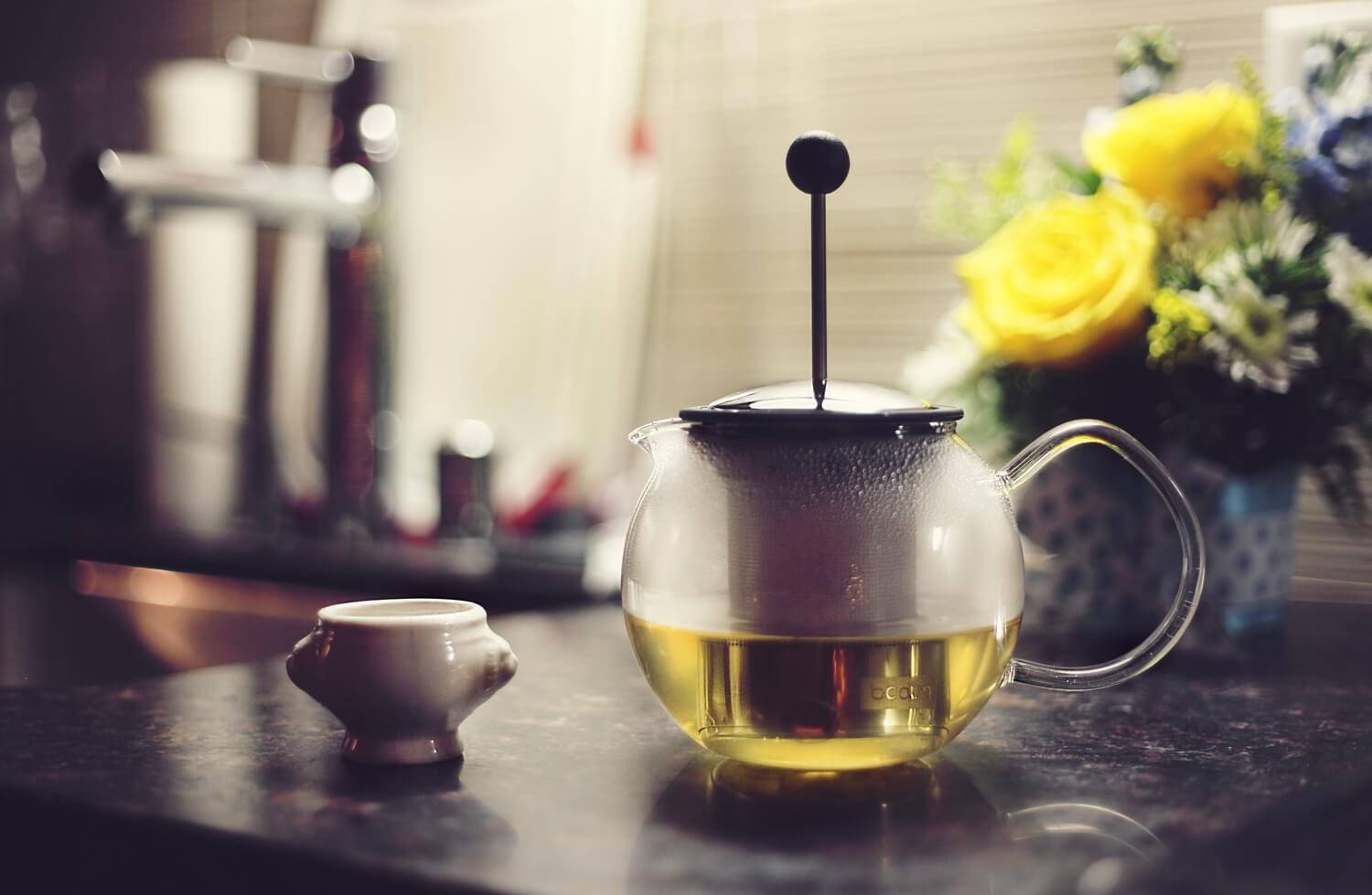Tea is an aromatic beverage commonly prepared by pouring hot or boiling water over cured leaves of the Camellia sinensis, an evergreen shrub native to Asia.[3] After water, it is the most widely consumed drink in the world.[4] There are many different types of tea; some teas, like Darjeeling and Chinese greens, have a cooling, slightly bitter, and astringent flavour,[5] while others have vastly different profiles that include sweet, nutty, floral or grassy notes.
Tea originated in Southwest China, where it was used as a medicinal drink.[6] It was popularized as a recreational drink during the Chinese Tang dynasty, and tea drinking spread to other East Asian countries. Portuguese priests and merchants introduced it to Europe during the 16th century.[7] During the 17th century, drinking tea became fashionable among Britons, who started large-scale production and commercialization of the plant in India to bypass the Chinese monopoly.
The phrase herbal tea usually refers to infusions of fruit or herbs made without the tea plant, such as steeps of rosehip, chamomile, or rooibos. These are also known as tisanes or herbal infusions to distinguish them from “tea” as it is commonly understood.

